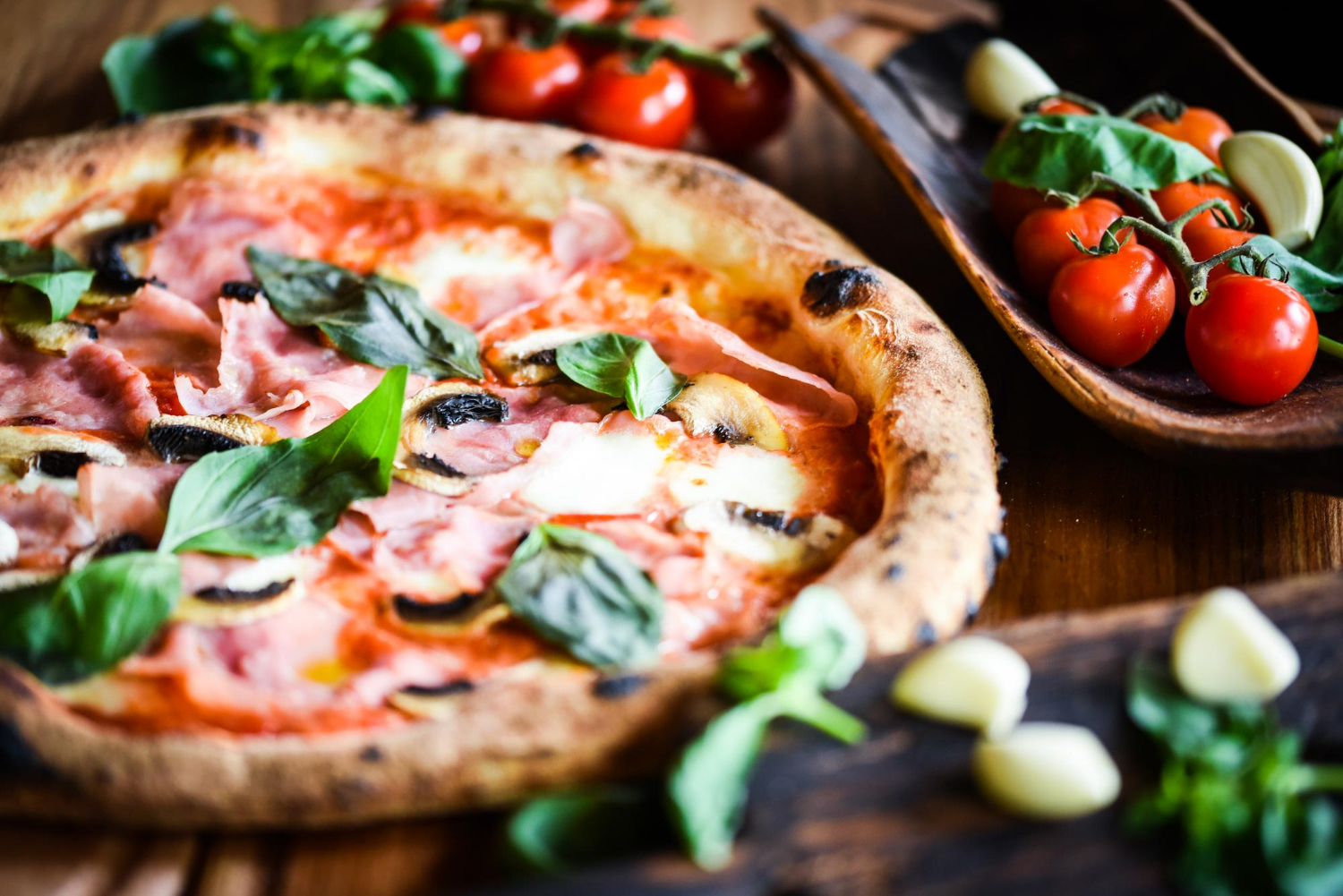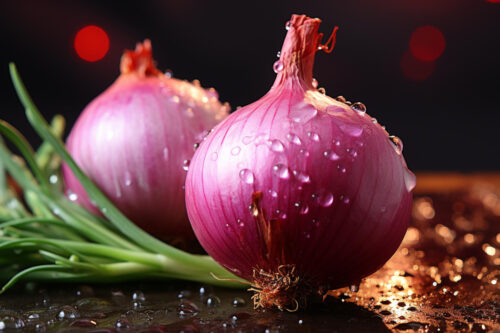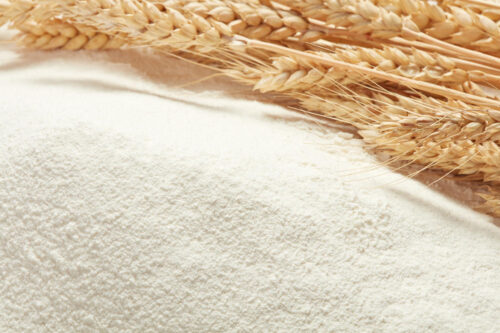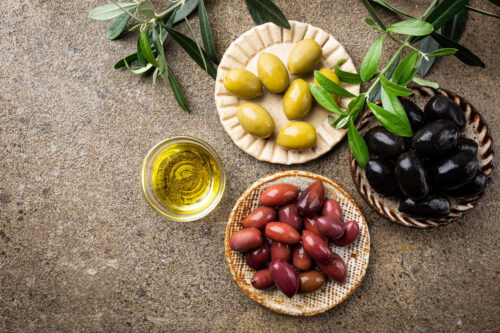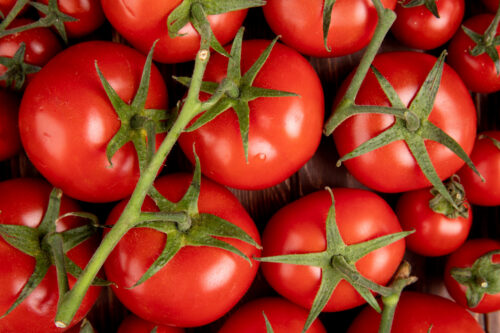Foto: Freepik
Italian cuisine is renowned worldwide for its rich flavors, fresh ingredients, and timeless recipes. Among its culinary treasures are the savory baked goods that play a crucial role in Italian meals. From the rustic charm of ciabatta to the delicate structure of focaccia, these breads and pastries are more than just side dishes—they are integral to the Italian dining experience. Let’s delve into some of the most popular Italian savory baked goods, exploring their varieties, uses, and serving suggestions.
Ciabatta
Ciabatta, meaning “slipper” in Italian, is a relatively modern addition to Italy’s bread repertoire, invented in 1982 by a baker in Verona. This elongated, flat bread is known for its crisp crust and airy, open crumb. The dough is wet and sticky, which gives ciabatta its distinctive texture.
Uses and Serving Suggestions:
- Sandwiches: Its airy texture makes it perfect for hearty sandwiches, capable of holding robust fillings without becoming soggy.
- Dipping: Slice and serve with olive oil, balsamic vinegar, or tapenade.
- Table Bread: Accompany main dishes, particularly soups and stews, where its crusty exterior can soak up rich broths.

Foto: Freepik
Focaccia
Focaccia is a versatile flatbread that can be enjoyed in numerous ways. It is typically seasoned with olive oil, salt, and herbs, and often topped with ingredients such as olives, tomatoes, and onions. The dough is similar to pizza but thicker and fluffier.
Uses and Serving Suggestions:
- Appetizers: Cut into small squares or strips and serve with antipasti like cured meats and cheeses.
- Sandwich Base: Split and filled with various meats, cheeses, and vegetables for a delicious panino.
- Side Dish: Serve alongside salads and soups to add a delightful crunch.
Pane Toscano
Pane Toscano is a traditional Tuscan bread known for its lack of salt. This saltless characteristic hails from historical taxes on salt, which led Tuscan bakers to omit it entirely. The result is a mild-tasting bread that complements the region’s flavorful dishes.
Uses and Serving Suggestions:
- Bruschetta: Toasted slices topped with tomatoes, garlic, basil, and olive oil.
- Crostone: A larger, open-faced sandwich often topped with beans, greens, or cured meats.
- Accompaniment: Serve with salty or spicy dishes, where the bread’s neutrality balances strong flavors.

Foto: Freepik
Grissini
Grissini, or breadsticks, originate from Turin in the Piedmont region. These thin, crispy sticks of bread are a common sight in Italian restaurants and are enjoyed as a snack or appetizer.
Uses and Serving Suggestions:
- Appetizers: Wrap with prosciutto or other cured meats for a simple yet elegant starter.
- Dipping: Serve with dips such as pesto, tapenade, or cheese spreads.
- Snack: Enjoy on their own or with a selection of cheeses.
Pane Carasau
Pane Carasau, also known as “music bread,” is a traditional flatbread from Sardinia. It is extremely thin and crispy, resembling a cracker. The name comes from the sound it makes when eaten.
Uses and Serving Suggestions:
- Lasagna Substitute: Layered with meats, cheeses, and sauces to create a unique lasagna.
- Snack: Enjoy plain or with a drizzle of olive oil and a sprinkle of salt.
- Accompaniment: Serve with soups or stews, where it can be dipped or crumbled on top.
Pizza Bianca
Pizza Bianca, or “white pizza,” is a Roman specialty. Unlike traditional pizza, it is made without tomato sauce. Instead, it features olive oil, salt, and sometimes rosemary or other herbs.
Uses and Serving Suggestions:
- Street Food: Enjoyed on its own as a quick snack while walking through Rome.
- Sandwich Bread: Split and filled with ingredients like mortadella, mozzarella, and arugula.
- Side Dish: Serve alongside antipasti or as part of a bread basket.
Conclusion
Italian savory baked goods offer a delightful range of textures and flavors that enhance any meal. From the hearty ciabatta to the crispy grissini, each variety has its unique characteristics and uses. Whether served as a side dish, used in sandwiches, or enjoyed on its own, these breads and pastries are a testament to Italy’s rich culinary heritage.










